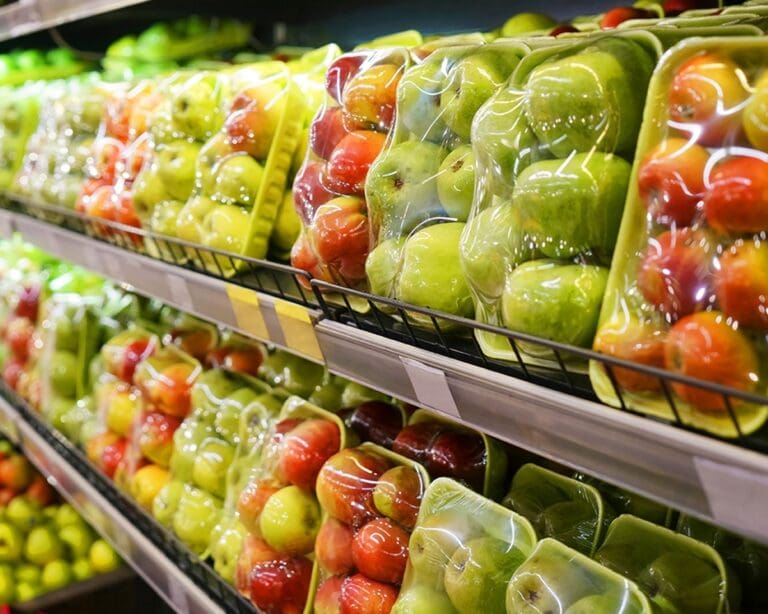Japanese Scallop Pricing Rises at the Start of September
Both domestic and Japanese scallop markets have seen price increases this week. Japanese scallops have experienced their second consecutive week of price hikes, with 16-18 count scallops rising by 10.4% since August. Despite this increase, prices for this size remain 8.6% below the five-year average and 11.7% lower compared to the same period last year.
Market sources indicate that U.S. imports from Japan have surged due to a weaker Japanese yen and increased U.S. demand for scallops. However, rising domestic consumption in Japan, along with labor and container shortages, has created upward pressure on prices. As of July 2024, Japan has shipped 10.9 million pounds of scallops to the U.S., marking a 58.8% increase year-to-date. Nonetheless, 2024 Japanese scallop imports are still trailing behind total 2023 imports by approximately 5 million pounds, or 33%, with five more months left in the year.
Seasonal import data shows that July 2024 saw levels significantly higher than previous years, with imports currently 38% above the three-year average.
On the domestic front, landings have been light this season. All sizes of domestic natural, dry, and processed scallops are at 52-week highs. U-10 domestic dry scallops are nearly 50% higher than the five-year average and 73% higher compared to the same time last year.
As we move past the peak landing period of the U.S. scallop fishing season, market observers will closely monitor how conditions evolve into the fall.
Janice Schreiber
Janice.schreiber@expanamarkets.com
U.S. Shrimp Prices Converge with Typically Lower Egg Prices
Consumers usually perceive seafood and shrimp as luxury items, while eggs appeal to price-sensitive consumers. But the chart below might tell a different story right now. From 2019 to 2020, the Expana Benchmark Price Large Shell Egg, Midwest averaged 19% of the price of the 16-20 count Peeled and Deveined, Tail-On White Shrimp, Asia origin.
But for two years, the battle with bird flu has tightened the supply of eggs. Prices have rallied higher, even with a significant drawdown in late December 2022 that again gave way to a surge forward. While prices have eased slightly recently, they still sit at seasonal highs and near record levels.
Shrimp, on the other hand, had seen a nearly two-year price decline due to ample in-country supply. Prices have stabilized since early 2024.
The December 2022 peak in egg prices coincided with wholesale prices being higher than shrimp prices. While it is not quite there yet, the spread has narrowed. Currently, eggs sit at nearly 90% of shrimp prices and are trending towards inversion.
This might be the opportunity retailers and foodservice operators need to start featuring shrimp. There are several reasons that the industry has indicated why it hasn’t happened to this point. But with supply gaps forming, there seems to be less high-priced shrimp inventory sitting in warehouses.
Gary Morrison
China’s Aug 2024 meat imports rise 4.7% ahead of winter
In August 2024, China’s meat imports, including variety meats, rose for the second consecutive month to 565,102 metric tonnes (mt), a 4.7% increase from July, according to preliminary data from the General Administration of Customs of the People’s Republic of China. This followed July’s recovery after three months of declines in Q2 2024.
As China exits a hot summer, importers are replenishing stocks in preparation for the winter season, which typically sees higher meat consumption due to popular dishes like soups, stews, and barbecues. However, annual figures remained under pressure, with imports falling 9.9% year-on-year in August, marking the seventh month of declines. Year-to-date imports have increased slightly by 2.7% to 4.40 million mt.
In the beef sector, China’s imports rebounded 3.2% month-on-month (m-o-m) in July 2024 to 215,322 mt, recovering from a 13-month low. Despite strong local production, the market is flooded with South American beef, partly due to a sluggish dairy sector.
Domestic wholesale beef prices, under pressure throughout the year, have shown signs of recovery since mid-July. Market anticipations are that import demand will remain firm into Q4, with October’s Golden Week Holiday expected to boost beef consumption.
Junie Lin & Augusto Eto
Junie.lin@expanamarkets.com
For further insights, please watch our most recent red meat webinar replay.



